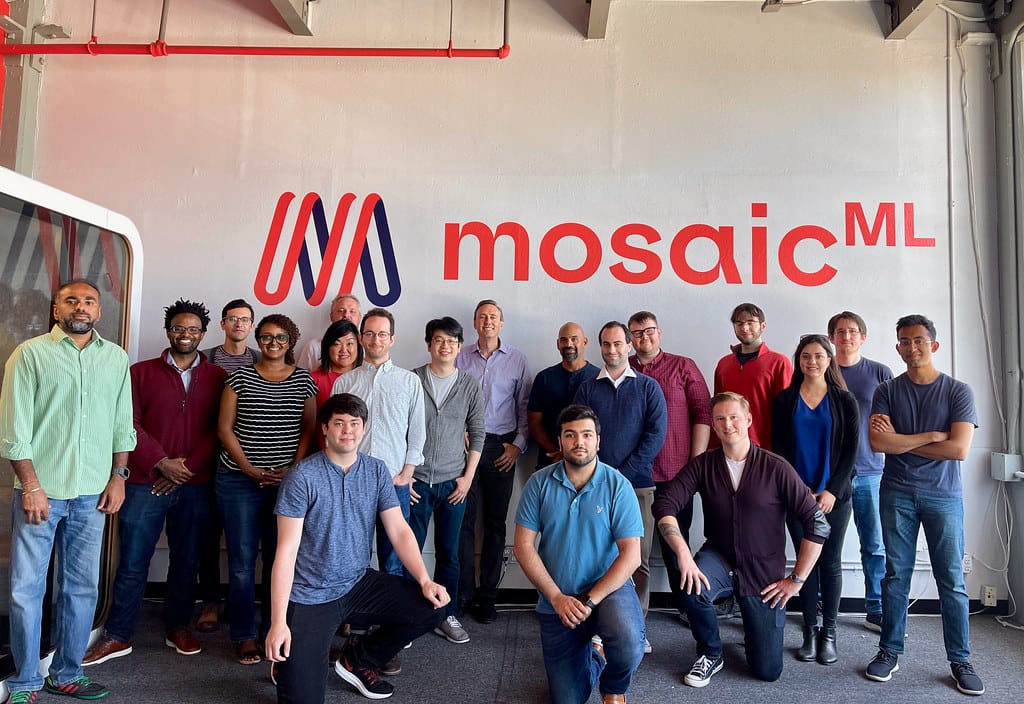Huawei Unveils Massive 384-Chip AI System to Challenge Nvidia's Dominance
In a bold move that could reshape the artificial intelligence hardware landscape, Chinese tech giant Huawei has unveiled a groundbreaking AI computing system featuring 384 chips designed to rival Nvidia's most powerful offerings. This announcement marks a significant escalation in the global competition for AI supremacy, particularly as geopolitical tensions continue to influence technology supply chains.
The Technical Powerhouse Behind Huawei's Latest Innovation
Huawei's new AI computing system represents a massive leap in processing capability, integrating 384 of the company's proprietary Ascend 910B chips into a single, cohesive platform. This architecture is specifically engineered to handle the most demanding AI workloads, from training large language models to processing complex computer vision tasks.
The system's design philosophy centers on parallel processing efficiency and optimized data flow between chips. By clustering hundreds of processors, Huawei claims to achieve performance metrics that directly compete with Nvidia's flagship H100 and A100 systems, which have dominated enterprise AI infrastructure for years.
Strategic Response to Trade Restrictions
This development comes as Huawei continues to navigate complex international trade restrictions that have limited its access to cutting-edge semiconductors from Western suppliers. The 384-chip system represents the company's most ambitious attempt to achieve technological self-reliance in the critical AI hardware sector.
Industry analysts note that this move demonstrates Huawei's commitment to maintaining its position in the global AI race despite ongoing challenges. The company has invested heavily in semiconductor research and development, with reports suggesting billions of dollars allocated to chip design and manufacturing capabilities over the past several years.
Market Implications and Competition
The introduction of Huawei's massive AI system arrives at a crucial moment in the artificial intelligence industry. Global demand for AI computing power has skyrocketed, driven by the success of large language models like ChatGPT and Claude, as well as expanding applications in autonomous vehicles, scientific research, and enterprise automation.
Nvidia currently holds an estimated 80% market share in AI training chips, making it one of the world's most valuable companies. However, Huawei's latest offering could provide organizations—particularly those in China and countries with strong ties to Chinese technology—with a viable alternative to Nvidia's ecosystem.
Early performance benchmarks suggest that Huawei's 384-chip system can deliver comparable results to Nvidia's DGX systems in specific AI training scenarios. However, independent verification of these claims remains limited, and real-world deployment will ultimately determine the system's competitive viability.
Technical Challenges and Opportunities
Managing 384 chips simultaneously presents significant engineering challenges, particularly in areas of power consumption, heat dissipation, and inter-chip communication. Huawei has reportedly developed proprietary interconnect technologies to address these issues, though detailed specifications remain closely guarded.
The system's software ecosystem will prove equally critical to its success. Nvidia's CUDA platform has become the de facto standard for AI development, offering extensive libraries and tools that developers rely on. Huawei will need to demonstrate that its software stack can provide similar functionality and ease of use to attract developers and enterprises.
Global Impact and Future Outlook
This announcement signals a broader trend toward diversification in AI hardware supply chains. As geopolitical tensions influence technology procurement decisions, organizations worldwide are increasingly seeking alternatives to dominant suppliers to ensure operational resilience.
For the broader AI industry, increased competition in hardware development could accelerate innovation and potentially reduce costs. Multiple competing platforms may also drive the development of more standardized software interfaces, ultimately benefiting developers and end users.
Key Takeaways for Industry Stakeholders
Huawei's 384-chip AI system represents a significant milestone in the company's quest for technological independence and market relevance. While questions remain about real-world performance, manufacturing scalability, and ecosystem support, the announcement demonstrates that alternatives to established AI hardware leaders are emerging.
Organizations evaluating AI infrastructure investments should monitor developments closely, as increased competition may lead to better performance-to-cost ratios across the market. However, factors such as software compatibility, long-term support, and geopolitical considerations will likely influence adoption patterns significantly.
The success or failure of this ambitious project may well determine whether the AI hardware market remains dominated by a single player or evolves into a more competitive, multi-vendor landscape.

